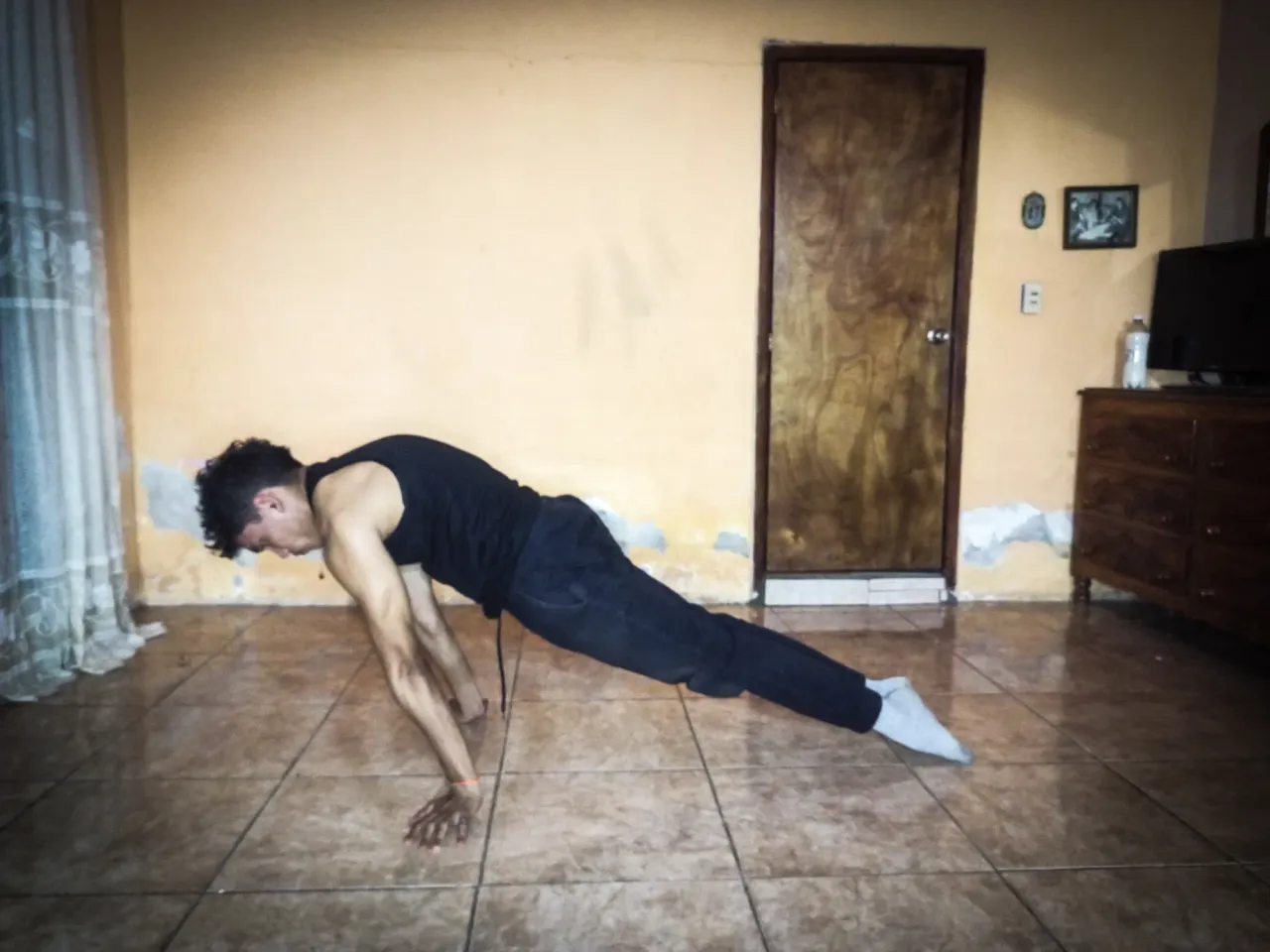
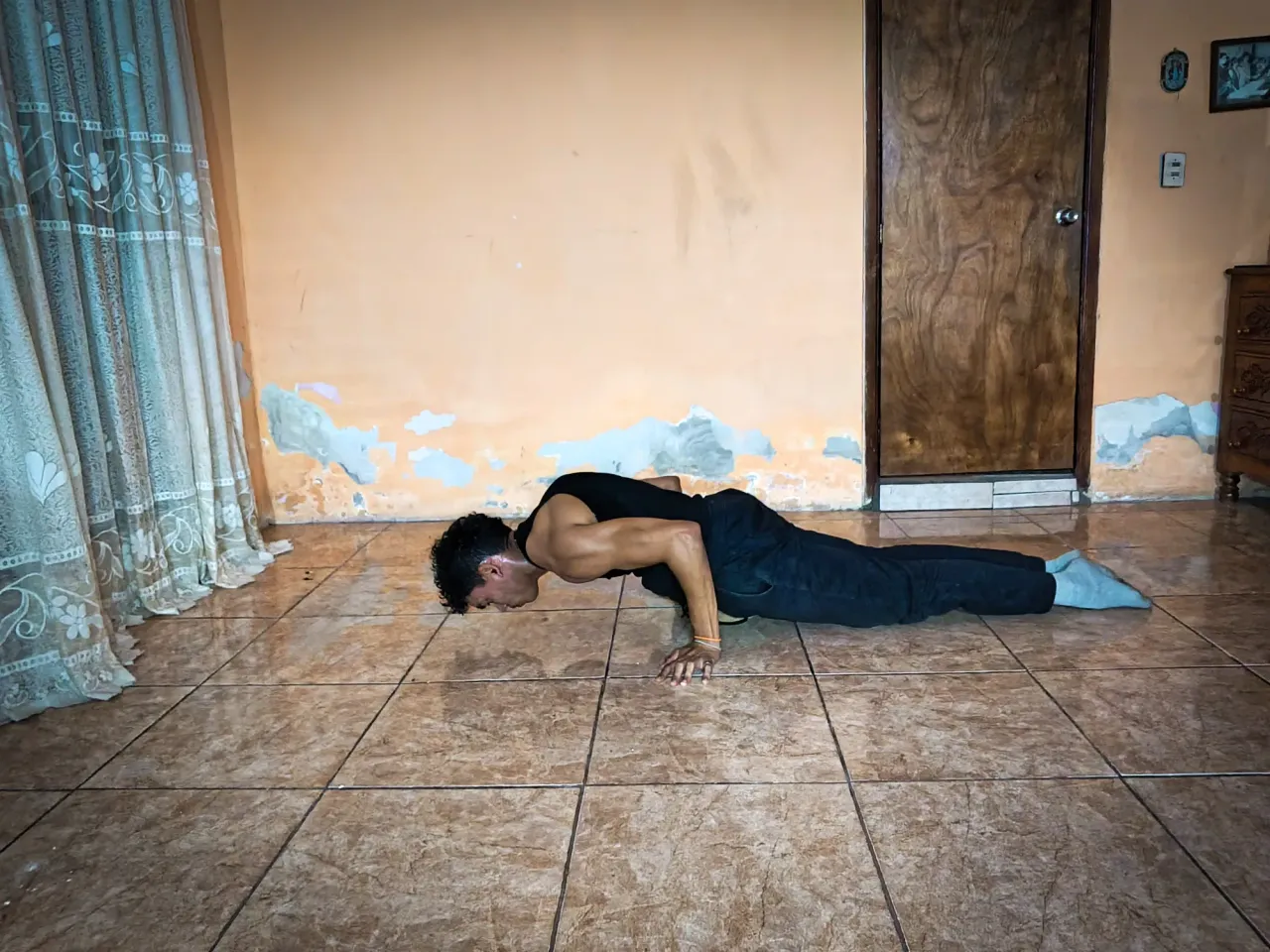
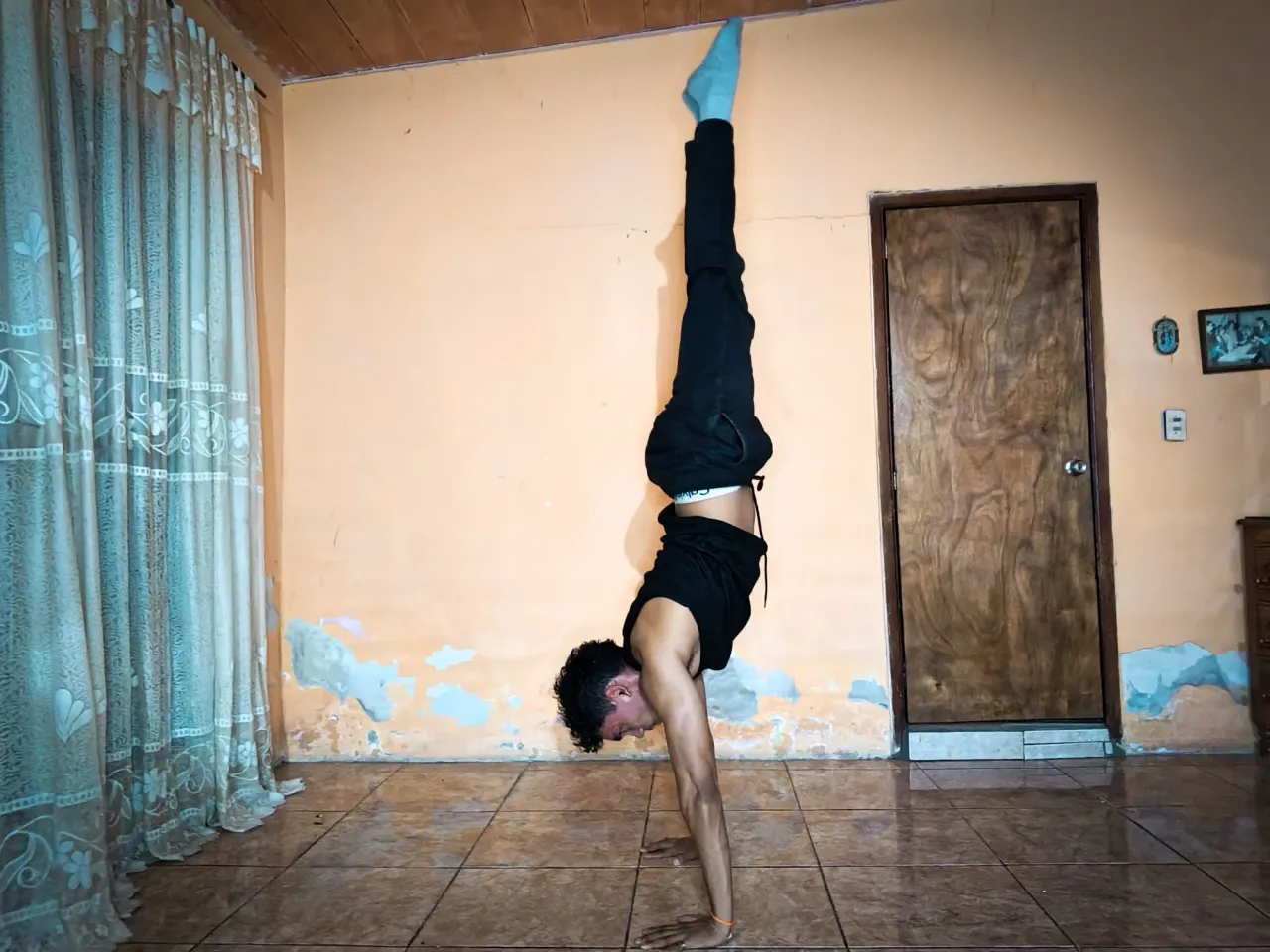
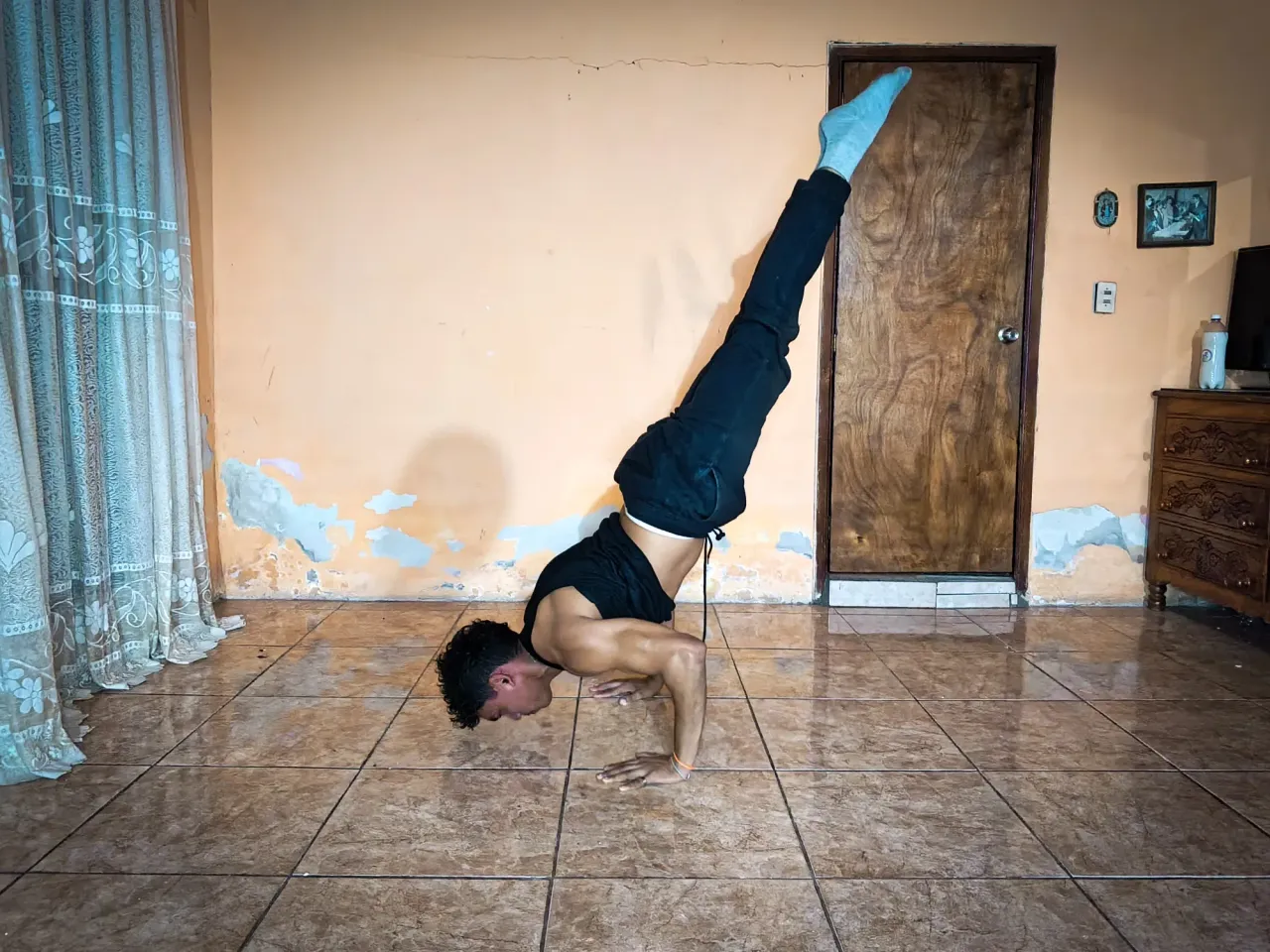
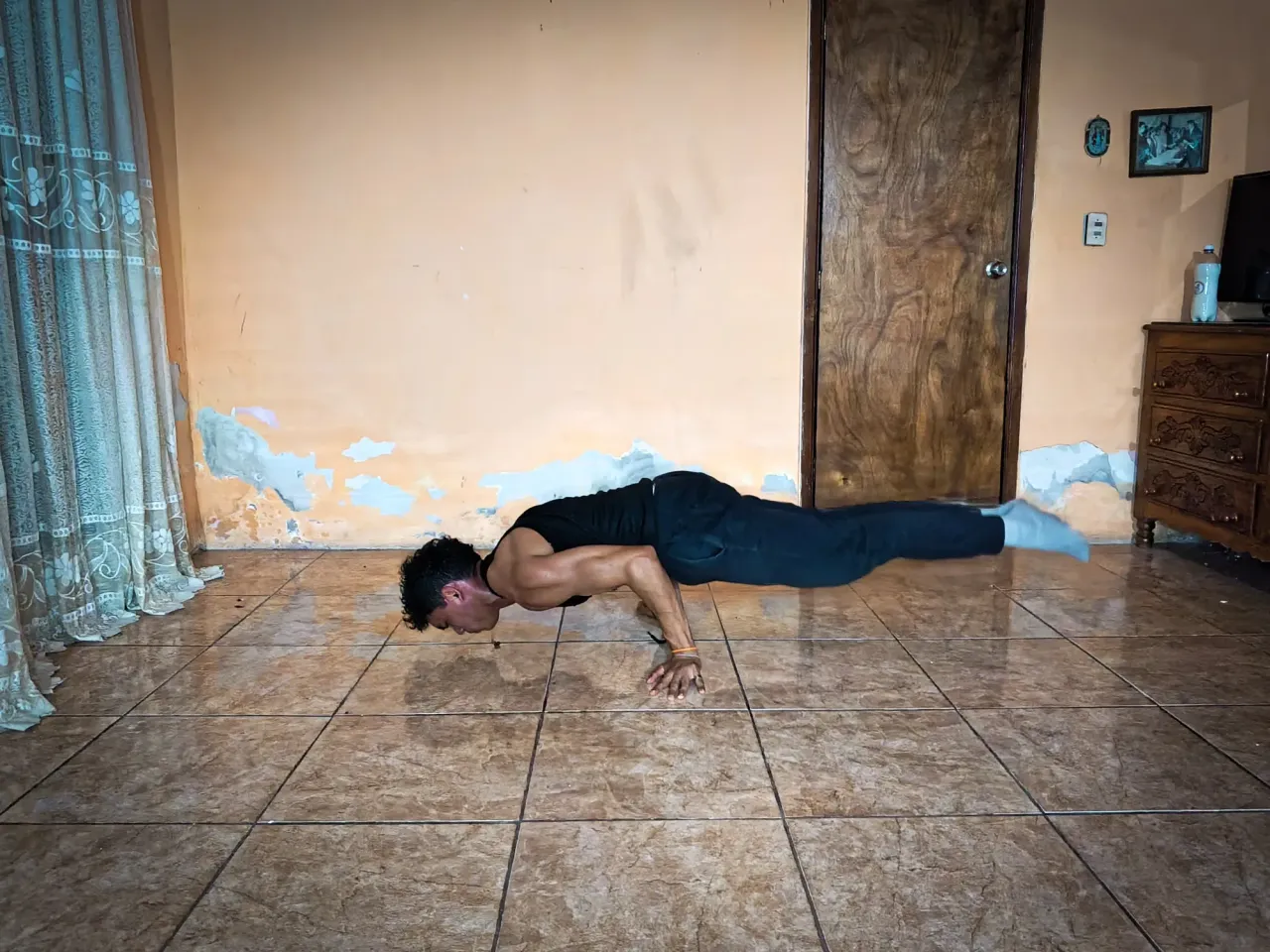
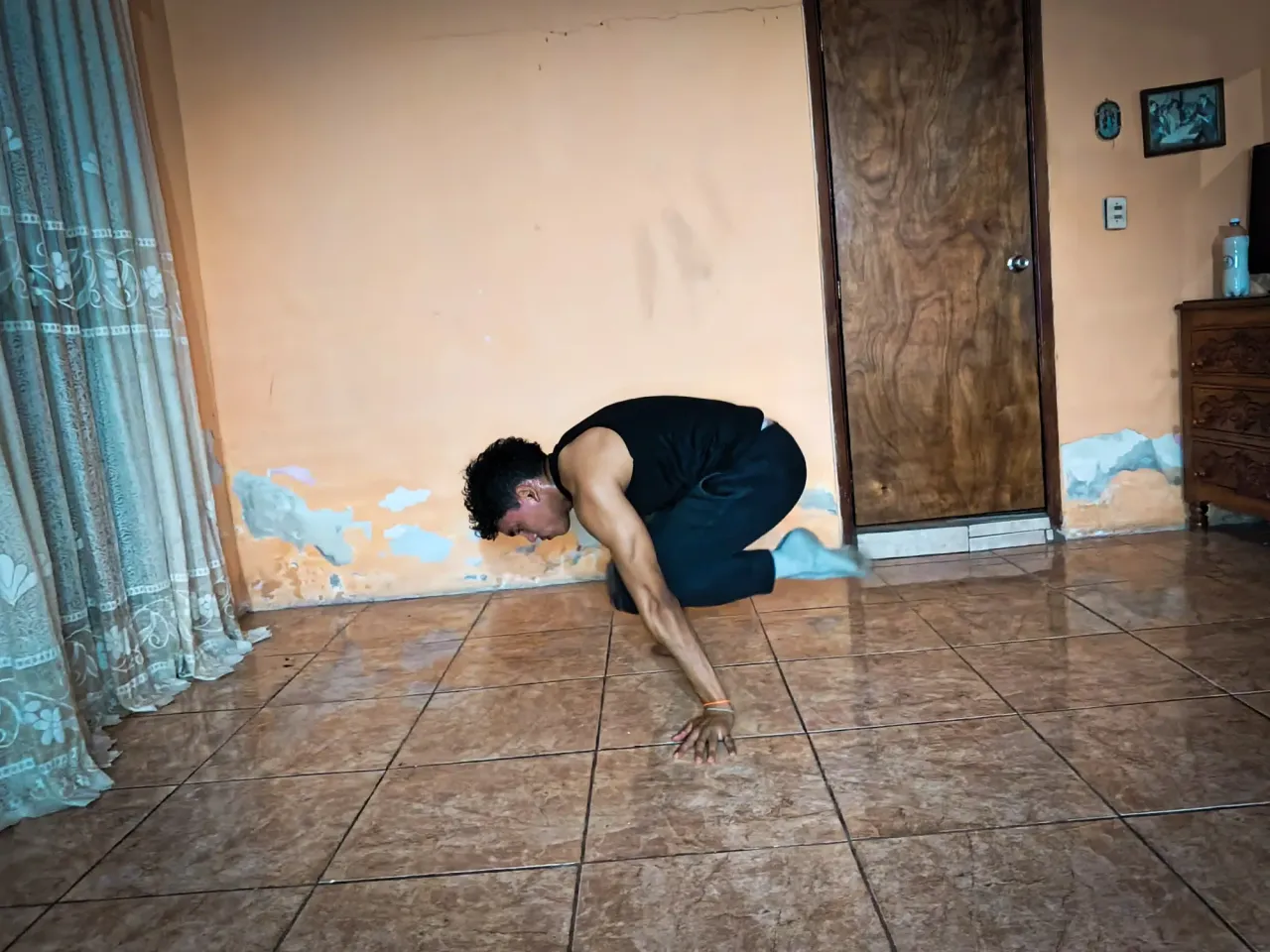
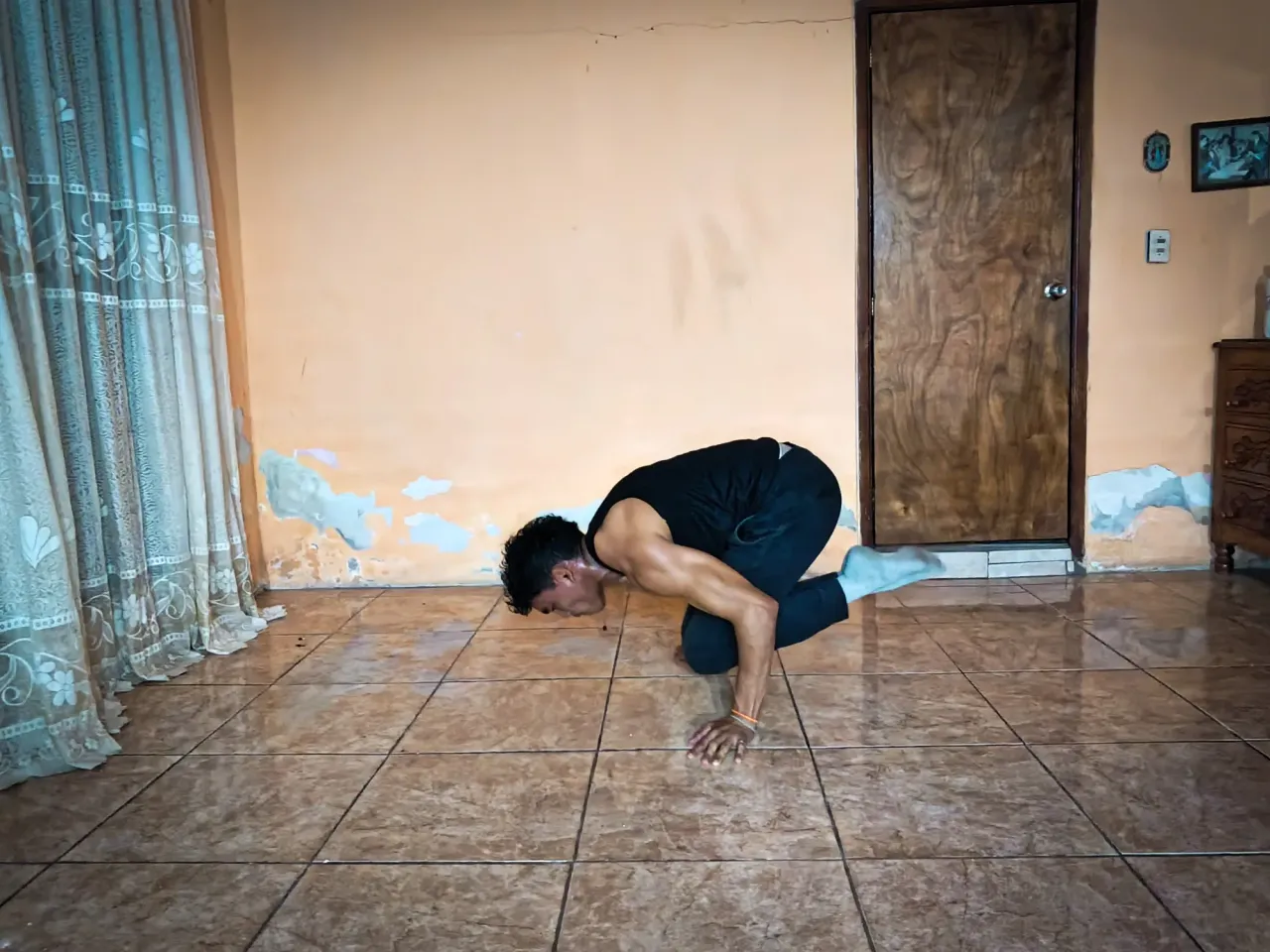
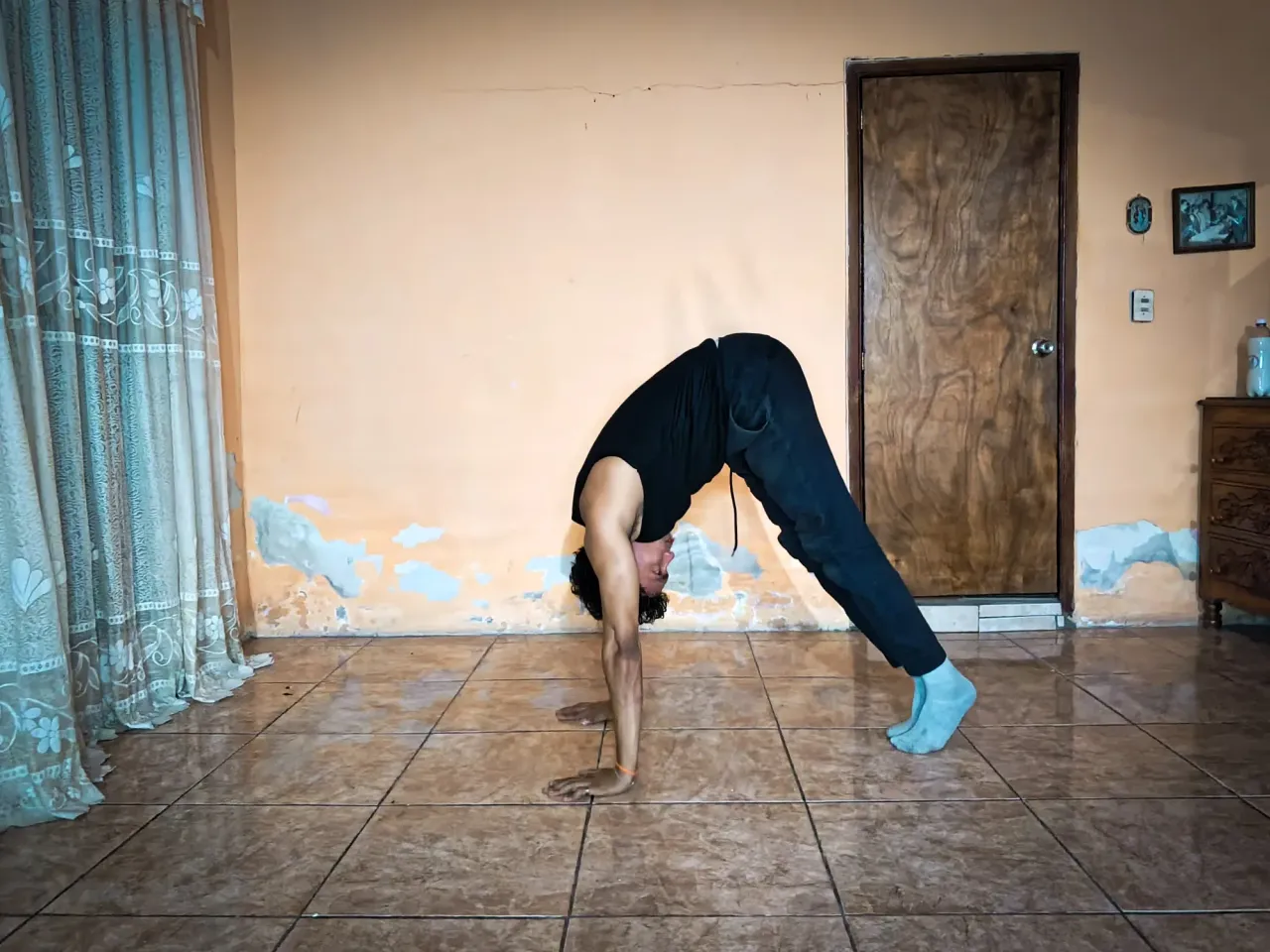
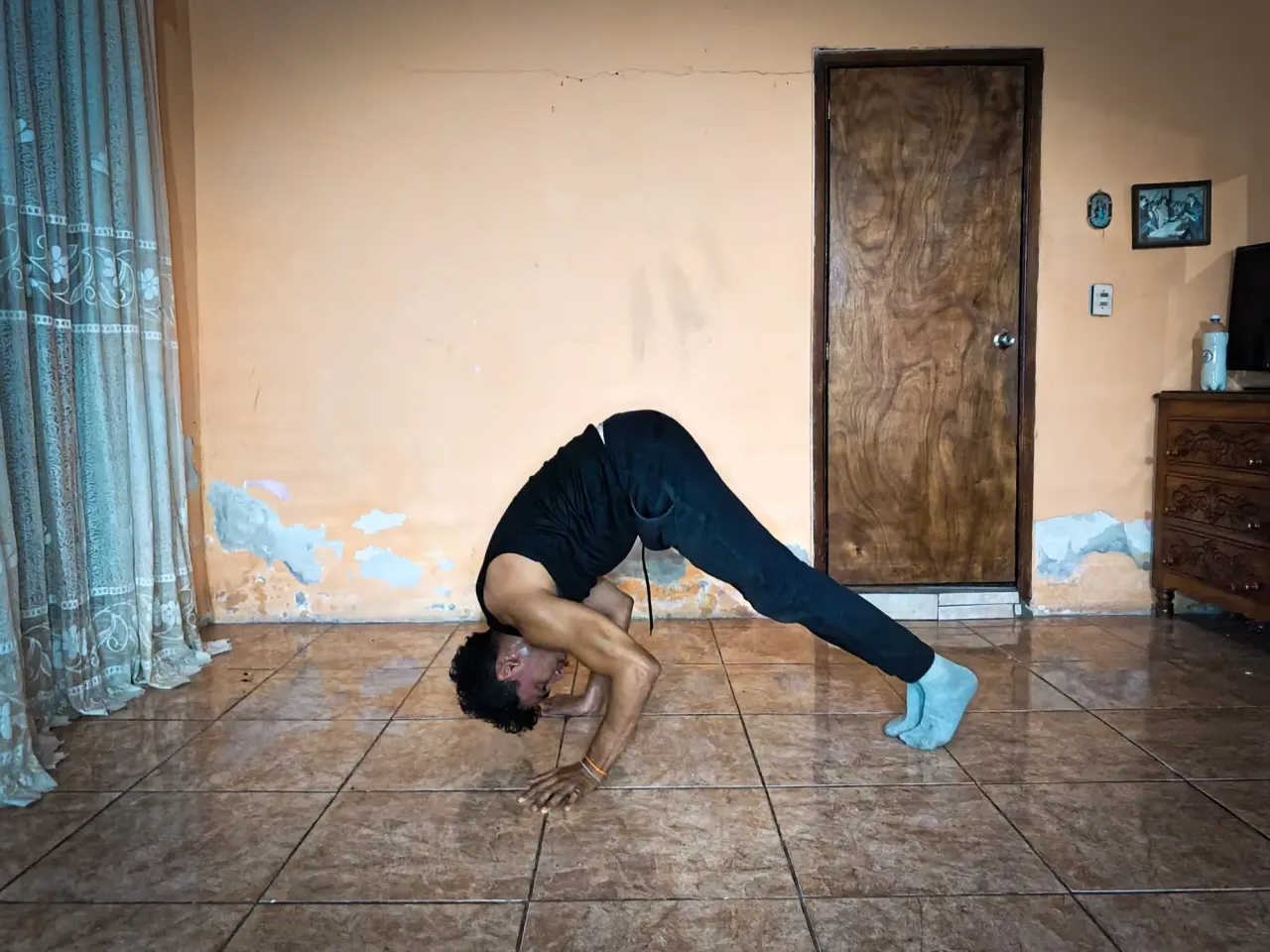
🔥DE VUELTA A LO BASICO/BACK TO BASICS🔥
ENGLISH 🇺🇸
For me, the full planche is one of the hardest and most impressive moves in calisthenics. Basically, it’s about holding your body completely parallel to the ground, supported only by your hands and without your feet touching the floor. It looks simple when you see it, but when you try it you realize it’s not just strength — it’s also balance, control, and a lot of patience.
To achieve it, you have to work almost the entire body: shoulders, arms, chest, back, core, and even the wrists. At first, you wouldn’t imagine how important wrists are, but in this position, they bear all the weight.
It’s not something you get overnight. You have to progress step by step, starting with the planche lean, then the tuck planche, followed by the advanced tuck, and later the straddle planche, where the legs are open to make it a little easier. With time and consistency, you reach the full planche with legs together — the cleanest and most aesthetic version.
After taking a break from training, I created a routine specifically to recover the level I used to have. Every session focuses on strength, balance, and control, steadily regaining what I lost and continuing to improve.
For me, more than a trick, the full planche is a personal challenge. It’s proof that with dedication and consistent training, the body is capable of things that at first seem impossible. Every second you manage to hold it is a mix of effort, balance, and satisfaction. It’s one of those moves that not only look good but also remind you of all the work behind it.
ESPAÑOL 🇪🇸
La full plancha para mí es uno de los movimientos más duros y llamativos que hay en la calistenia. Básicamente es aguantar el cuerpo totalmente paralelo al suelo, apoyándote solo con las manos y sin que los pies toquen el piso. Parece simple cuando lo ves, pero cuando lo intentas te das cuenta de que no es solo fuerza, también es equilibrio, control y mucha paciencia.
Para poder hacerla hay que trabajar casi todo el cuerpo: hombros, brazos, pecho, espalda, core y hasta las muñecas. Al principio uno no se imagina que las muñecas sean tan importantes, pero en esta posición son las que aguantan todo el peso.
No es algo que se consiga de un día para otro. Hay que ir paso a paso, empezando con la planche lean, luego la tuck planche, después la advanced tuck y más adelante la straddle planche, que es con las piernas abiertas para que sea un poco más fácil. Con el tiempo y constancia se llega a la full plancha con las piernas juntas, que es la versión más limpia y estética.
Después de tomarme un tiempo alejado del entrenamiento, creé una rutina específica para recuperar el nivel que solía tener. Cada sesión se centra en fuerza, equilibrio y control, asegurándome de recuperar gradualmente lo que había perdido y seguir mejorando.
Para mí, más que un truco, la full plancha es un reto personal. Es la prueba de que con dedicación y entreno constante, el cuerpo es capaz de cosas que al principio parecen imposibles. Cada segundo que logras mantenerla es una mezcla de esfuerzo, equilibrio y satisfacción. Es de esos movimientos que no solo se ven bien, sino que te recuerdan todo el trabajo que hay detrás.
🔥SACRIFICA LA PEREZA PARA OBTENERLO TODO🔥

